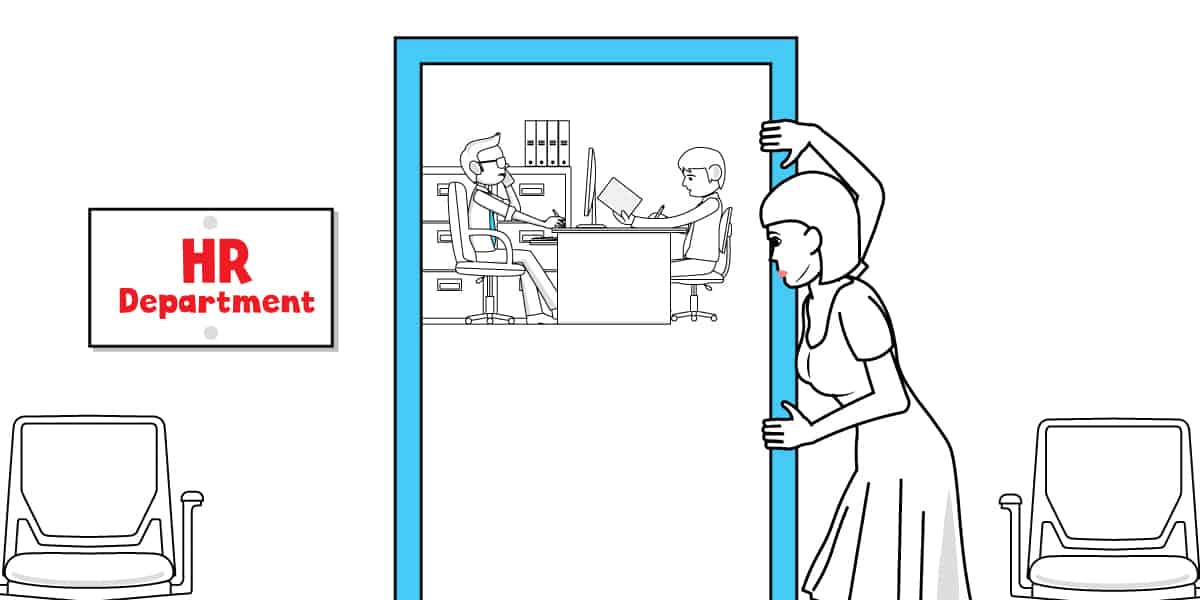No matter how experienced and confident you are in public speaking, the nerves suddenly appear when you are being interviewed for a new position. These nerves seem to be amplified when you’re facing an interview situation that you’ve not encountered previously. The brain starts working overtime to try and assess how best to handle this new situation.
Two scenarios which are increasingly being used in recruitment are the two-way Skype-like interview (2WI) and a one-way recording (1WR). While not new, both are becoming more prevalent and we find people can become unusually nervous when confronted with either format.
Employers regularly conduct 2WI discussions using technologies such as Zoom, Google Hangout or Skype. Organisations are also looking at using 1WR platforms such as HireVue which require the applicant to answer questions which are recorded and viewed at a later time by the employer as part of their screening process.
If you’ve not faced either situation, how do you prepare? The following is the advice usually given by the experts:
Dress like you would if the interview was face-to-face
How would you present yourself if meeting face-to-face? That is exactly what you should do for either a 2WI or 1WR interview. We are regularly surprised how flippant people can be with appearance when they are not in the same room as the interviewer.
We’ve all heard stories of a person needing to unexpectedly stand-up during an online conversation and found to be wearing pajama pants. However, such slip-ups are not the reason to dress ‘properly’. It is the positive psychological impact on your demeanor by your professional appearance that is important.
Check your surroundings and positioning
Look for a set up with a plain, uncluttered background and good lighting for any online conversation. A ‘blank canvass’ background is ideal as you don’t want the interviewer being distracted by movement and clutter. Windows and good lighting is important. Avoid, if possible, dark, deep tones.
The ideal spot for your camera is at about shoulder height or slightly higher. It is best not to have the camera located where you’ll be looking downwards.
What will the interviewer hear besides you?
I’ve seen interviews disrupted for all sorts of reasons, some that could not be foreseen. But try to think ahead…..While people usually make arrangements for their children we often find a person can be thrown off course by their dog going crazy in the background. We recently had a person who kept remarkably composed when Housekeeping came into his hotel room and started to vacuum. I’m sure he’ll use the ‘Do Not Disturb’ sign next time.
Practice
Why wait until the interview to use the technology for the first time? Can you have a trial using the technology beforehand? If you cannot find a way to use the specific technology, at least trial run with a common technology such as Skype.
Have a colleague do a brief mock interview with you and provide you feedback, including on the background & surroundings. It is amazing how you can look around a setting and think it ideal but the person at the other end can see ‘problems’.
All the 1WV platforms we’ve seen do allow you to have a trial run.
Engagement with the interviewer(s)
Practice looking into the camera. We all know the impact in a face-to-face meeting when a person keeps shifting their eyes around, rather than engage with the person they’re speaking to. For both 2WI and 1WR focus your attention on your camera to avoid having that same impact.
People will often have their camera positioned to the side of the screen they’re watching and so the interviewers feel disengaged.
What else would you do in a face-to-face meeting? SMILE!
Balance between verbosity and brevity
When meeting face-to-face, most of us can pick up the cues from the interviewer(s) in relation to the length of our response. It is easier to get a signal that they want more information or if you’re speaking for too long. That can be more difficult via technology.
When doing a 2WI it is acceptable to check-in with the interviewer: “Does that answer your question or do you want me to elaborate?”
If you’re doing a 1WR, there won’t be a timing issue as most have an online timer to assist.
Summary
Sooner or later you too will likely be faced with a 2WI or 1WR if applying for a new role. Use some common sense; practice in advance; and treat the discussion as you would for a face-to-face meeting.

